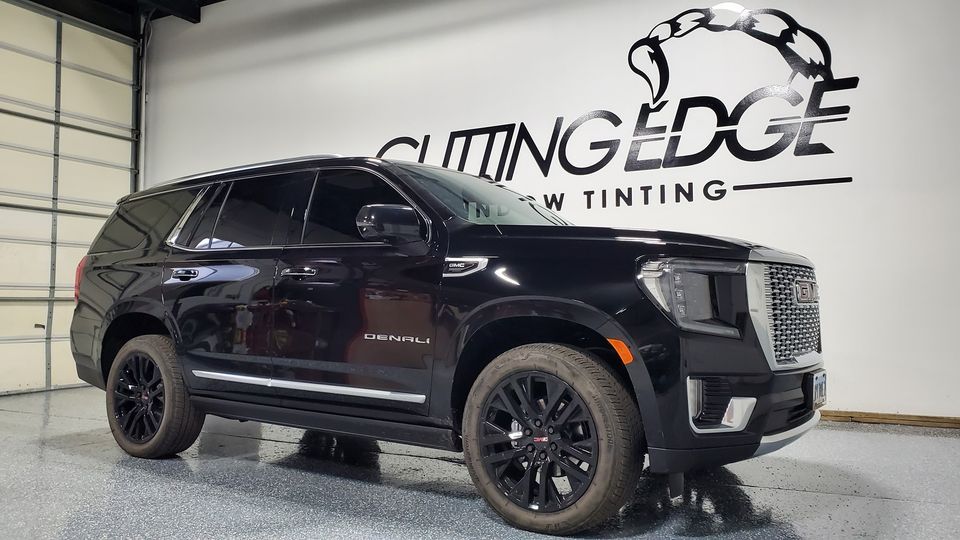Calculating The Percentage Of Factory Tint
Usually, vehicles come with the factory-installed tint level (VLT) that is around 80%. To figure out the percentage of VLT your car has, multiply the 5% of your chosen film by 80percent. The total VLT is around 4percent. Additionally, aftermarket window film has added benefits, like lessening heat and glare. Window film that is made by an aftermarket manufacturer could be a viable option to increase your vehicle's energy efficiency.
Calculating the percentage of factory window tint.
If you're considering adding a little bit of tint to your vehicle, you need to understand the percentage of Visible Light Transmission (VLT) on the glass. The factory windows have tint, unlike the 80% of untinted glass. To figure out how much tint you have to apply to your windows, simply multiply the existing tint percentage by the tint percentage you want to add. The calculation is simple for vehicles that already have tint.
The majority of vehicles have factory tints that range from fifteen to twenty percent. This tint blocks around 80 percent of the visible light but allows in approximately 15%. It is crucial to know the percentage of tint that is factory-made. The darker the tint, it will block less light. The smaller the percentage of factory tint, the more dark the window will appear. But having a lower VLT percentage does not indicate that the window will be any more dark. Window tints that are factory-made are permanent, applied chemically on your glass.
Aftermarket window film contains anti-glare properties.
There are numerous reasons to invest in the aftermarket window film that has anti-glare characteristics. Sun exposure can lead to eyestrain, blurred vision headaches, as well as other health issues. It also can protect furniture and carpet from discoloration. This film is the perfect addition for your windows. Let's take a look at some of these benefits. Continue reading to discover more information about anti-glare glass's benefits.
Multi-layered, anti-glare polyester film for aftermarket windows is available. It may have ceramic or metallic particles, dyes, pigments, or other additives. The particles influence the color, reflective properties, and transfer of light. When the car is sold the particles are then applied to the inside of the window. Once the vehicle is sold, the installation takes place. Make sure to clean the interior glass before applying the film.
Visit Cutting Edge Window Tinting Now!
It decreases heat
The percentage of the tint that comes with your window will determine how much heat and visible light your car can reflect. For example, non-tinted glass is able to reflect 90% of visible sunlight and has almost no cooling effect. The greater the factory window tint percentage, however, the more heat and visible light your vehicle will absorb. How reliable can the manufacturer be? Here's how to determine the best percentage for your vehicle.
VLT ratings define how much light and heat your factory window tint can block. A higher rating for VLT means that your factory window tint can block more heat. But a lower VLT rating will not reduce the heat either. The reason why factory window tint is not as effective as professionally-applied window film is because it does not provide the similar protection. It won't shield you from the harmful UV rays or extreme heat, so it can only enhance the appearance of your car.
Reduces the reflection
Many Australian cars have tints in the factory that range between 15% and 20 percent. These tints block out a small percentage of the sun's rays, but they do not offer the protection you require from harmful UV Rays. And, worse of all, they aren't able to protect your skin from dangers caused by sunburns! The solution is installing aftermarket window films. These films are made up of a variety of layers of polyester, with added pigments, ceramic or metallic particles, dyes and pigments. The particles that are included in these films could influence their thickness and colour as well as their reflective properties. Window films from aftermarket are placed on the inside of your windows after you've sold your car. Be sure to clean the interior glass before you put them in.
Depending on where you live the shade your car will have is contingent on what kind of tint it has. If you reside in a sun-filled area it may be beneficial to choose an opaque tint to cut down on the reflection. A darker tint can protect your car's interior as well as increase shatter resistance. The tints can lower heat on hot days and provide heat reduction during the colder months.
It lowers the gas consumption
Window tints are not only better privacy, but can also help reduce the glare of the sun. They also can increase gas mileage. They keep the interior of the car cool and helps reduce the need for an air conditioning system. Of course they will save on fuel. You'll see a noticeable change over time, and eventually, it will make a difference. Consider the amount of savings on gas. Do you want peace of mind?
|
Phone +18474292479
|
|
| Address |
408 Brook St, Elgin, IL 60120
|

